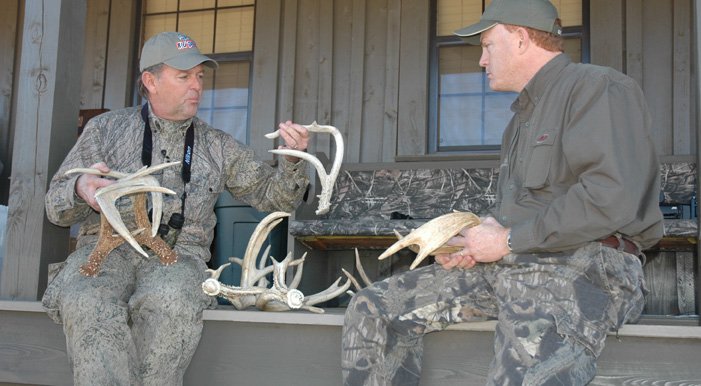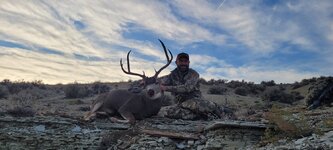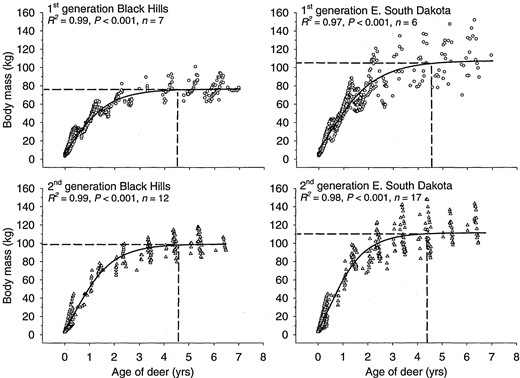I was making an example of confirmation bias.
You could reference the studies that show antler point restrictions don't do anything. "Cull breeders" aren't a thing.
States issue "management hunts" to increase opportunity.

Exhibit A : cull breeder.
9 year old Buck that’s never been anything but a fork.
How many mule deer have you been a part of? How many states? How much long term private mule deer management have you been a part of?
You obviously know Google, but do you have much real experience?





